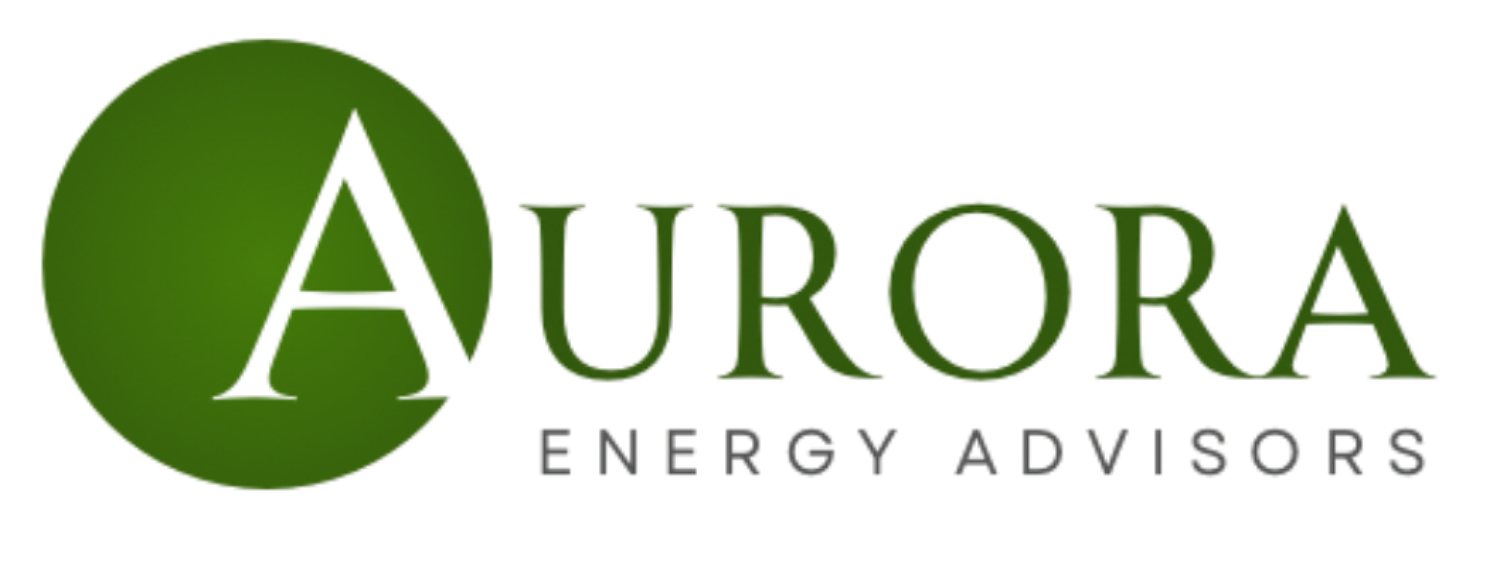Article 320 Information Guide
At long last, the NYC Department of Buildings (“DOB”) released an information guide for buildings covered under Article 320 of Local Law 97. This DOB guide attempts to clarify some of the most critical details of the law, in an effort to answer many of the industry’s open questions. The document is 98 pages, and we read all of them, so you don’t have to. Today, we will break down the most salient points.
Article 320 governs approximately two-thirds of the nearly 30,000 buildings required to comply with LL97, which are subject to hefty fines for exceeding carbon emissions allowances. As a reminder, there are three different buckets within this group:
Fully market-rate: First reporting year is 2025, using calendar year 2024 data.
At least one but no more than 35% rent-regulated dwelling units: First reporting year is 2027, using calendar year 2026 data.
Certain types of affordable housing not subject to Article 321: First reporting year is 2036, using calendar year 2035 data.
The DOB unequivocally stated that a building’s compliance pathway will adjust if its circumstances surrounding qualifications change. The most crucial example is that an Article 321 building can become an Article 320 building if its affordability status changes. Article 321 buildings have a unique lifeline pathway that allows for a one-time submission after completing certain energy efficiency measures. Moving to any of the Article 320 buckets, which are subject to carbon fines in perpetuity, is a big deal. Buildings can also transition from one Article 320 bucket to another. It is important to confirm each building’s status on an annual basis to ensure compliance requirements have not changed.
Next, the DOB addresses the most important inputs for carbon allowance calculations — square footage and space types. The info guide reiterates that LL97 defines Gross Floor Area (“GFA”) as all above- and below-grade square footage from outside wall to outside wall, which differs from the Gross Square Footage (“GSF”) otherwise on file with the Department of Finance (“DOF”). The DOB explicitly states:
“Because of the precision required, measured drawings prepared by a surveyor or RDP are the ideal method of obtaining/verifying GFA. Simply taking DOF’s GSF number as GFA is not recommended because it may not correspond to the actual dimensions of the building.”
A precise GFA measurement will also clarify a building’s space types, which each have their own carbon factors. In almost every case, the GFA will increase your carbon allowance and reduce fine potential, making it the least expensive way to lower fines.
Another key clarification is building-level compliance. Every building is effectively treated as its own unit for LL97, even if multiple buildings exist on the same tax lot. Each building has its own compliance pathway, report, and potential penalties. A combined report (aggregating multiple buildings) is only permitted if they share a tax lot or energy service.
LL97 applies to individual buildings of at least 25,000 square feet, or to multiple buildings on a single lot exceeding 50,000 square feet combined. However, if multiple buildings exist on a lot but only one exceeds 25,000 square feet, only that building is covered.
In cases where multiple buildings share energy service, consumption must be mathematically apportioned among each building using a consistent methodology.
The DOB also clarified extension requests for annual LL97 filings: while technically due by May 1 each year, there is a grace period until June 30 to avoid the $0.50 per square foot monthly late penalty.
Lastly, the DOB explains the process of requesting a mediated resolution. If a building exceeds its emissions allowance but can demonstrate concrete steps toward compliance, it may request mediation to avoid fines. An agreement must include a show of “Good Faith Efforts,” including submission of annual LL97 and LL84 reports, one-time LL88 compliance, and one of six elective items — most commonly, a decarbonization plan outlining a roadmap to bring the building under its emissions limit.
The Article 320 info guide release is another reminder that LL97 is complex. Allow Aurora to be your go-to resource for navigating this labyrinth. Aurora is most likely already benchmarking your property. We can also ensure you are LL88 compliant and have your GFA measured so you’re on the right path toward LL97 compliance and fine avoidance.
Market Analysis
Electricity
NYISO Zone J rode the weather in August. The month opened with a short heat wave, while the commodity settled around $0.05 per kWh. As cooler temperatures arrived, prices gradually declined to below $0.04 by month’s end as cooling demand waned. The electric commodity continues to benefit from strong natural gas fundamentals, as it remains the primary input for electricity generation.
Natural Gas
Cooler August weather held the NYMEX in the $2 range for the entire month. With autumn approaching and storage levels very healthy, there may not be much movement in the commodity for the foreseeable future. Absent any meaningful market drivers, NYMEX will remain at historically low levels.
Crude Oil
Crude oil futures rode a roller coaster in August, fluctuating between $70 and $80 per barrel. In early August, futures fell sharply to a six-month low amid fears of recession. Prices rebounded as geopolitical conflict in the Middle East escalated, only to fluctuate again when Libya announced production cuts.
💡 Mitchell’s Tip: Know your compliance pathway.
